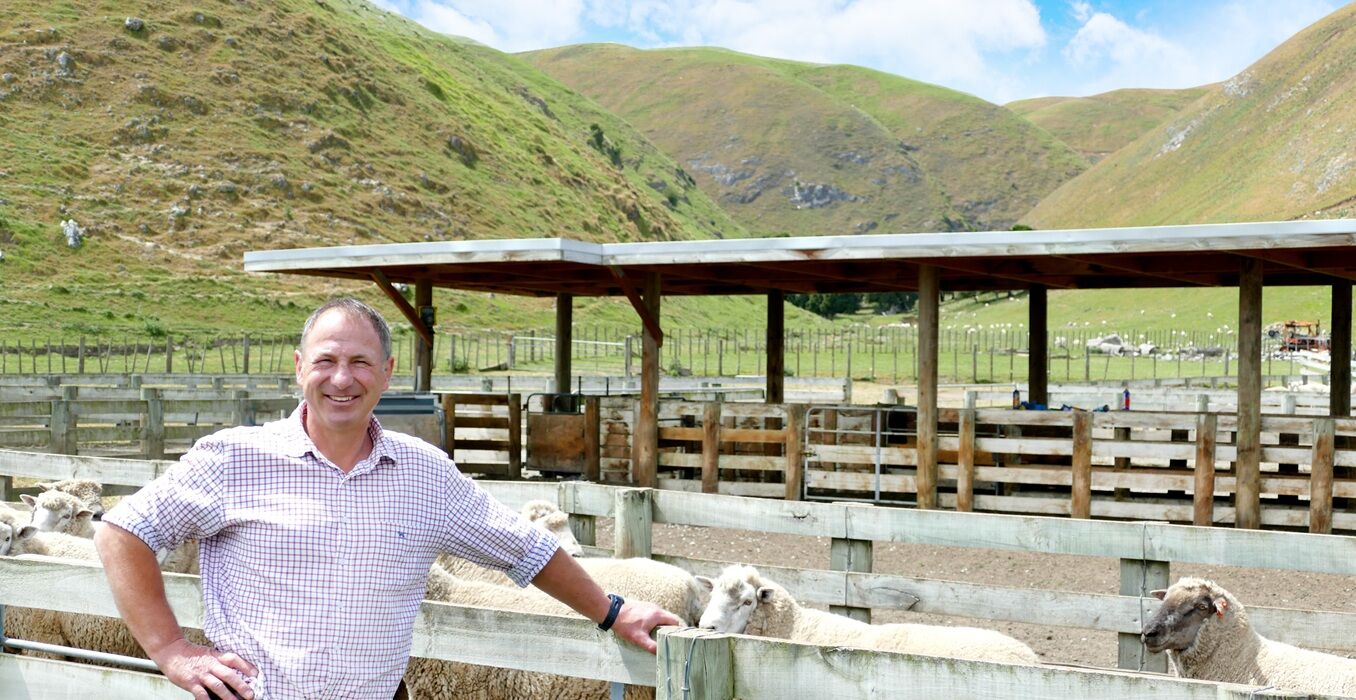
Rural Insight -
Improving confidence lifts demand for pastoral farms
Bayleys’ latest pastoral sector insights report for the year to March 31, 2025, highlights the improving optimism and confidence emerging after a challenging period endured by red meat farmers across the country.
Total sales by land area lifted 23 percent on the previous year to 93,486 hectares as the sector emerged from nearly two years of battling through sharply rising farm input costs and weaker farmgate returns.
Looking ahead, the surge in confidence has continued in line with significantly improved farmgate returns, lower interest rates and less inflationary impact on farm input costs.
Bayleys Hawke’s Bay rural salesperson Tony Rasmussen says he has never before seen farm profitability for the sector bounce back so strongly and he is anticipating a return to more typical volumes of listings for the coming spring and following autumn selling seasons.
“The market for farms had slowed quite a bit for the 18 months leading up to last spring, but when we started to see evidence of improving lamb and beef schedules, and interest rates began easing, farmer confidence lifted sharply again,” he says.
“Since last spring, most eastern North Island areas have had good rains and we’re starting to see more fertiliser going on hill country again, further evidence of the turnaround in confidence for the sector,” he says.
Rasmussen says the improving outlook for the pastoral sector has already resulted in a notable increase in the number of buyers searching for new properties.
“Since last spring, we’ve been getting multiple offers on the properties we have listed for sale and for me that’s a great sign for the coming year ahead.”

Bayleys Hawke's Bay rural salesperson Tony Rasmussen.
Bayleys Gisborne director Simon Bousfield agrees and says the surge in confidence among pastoral farmers is evident in his region too.
“Sheep and beef farmers across the country are making good returns again after a lengthy period of rapidly rising farm input costs and higher interest rates. Although the profit margin squeeze is still a challenge, the outlook is considerably more positive now,” he says.
A feature of the autumn selling period in his region was the successful sale of four pastoral farms out of five listings. A noticeable lift in the number of potential buyers lining up to view properties and the successful sale of two farms by auction, an option less preferred by vendors for the previous couple of years, also support the impact of the improved outlook and rising confidence.
“I think we’ll see a good number of farm listings in the spring later this year and more the following autumn too in our region,” he says.
Bousfield says conversations are starting already with farm owners, including several who have been waiting for a lift in confidence to list their farms for sale.
“Our region is typical of many areas of the country with a lot of farmers considering options moving forward and may not have cemented a suitable succession plan. The past two years haven’t been the right time to sell, however with a lift in demand for hill country properties, many will see this next year or two as their opportunity,” he says.
Interest in pastoral land from forestry companies has also slowed significantly across the entire country following changes to the Emissions Trading Scheme (ETS) regulations and rules preventing complete farm conversions to forestry on more productive pastoral land-use classes (LUC).
Bousfield says the changes come into effect in November 2025, meaning a large area of good pastoral land is still being converted to forestry. However, he is anticipating increased demand for LUC 7 and 8 land, where planting is allowed to continue, and more genuine farmer competition for LUC 1-6 land unavailable for planting after the end of this year.
Historically, Bousfield says farmers struggled to compete with forestry companies for pastoral land, but with them not in the market, average values in some regions have already eased by around $5,000 per hectare.
“With forestry interests out of the picture, it’s opening the door to existing and new farm buyers to compete at more realistic price levels that are in tune with farm profitability.”
He’s also noticed an emerging group of farm managers who have accumulated sufficient equity for a small first farm purchase, or a willingness to enter an equity partnership perhaps with a retiring farming couple or group of investors.
“On one property we sold, we had three first-farm buyers making offers. That’s a great sign of what’s coming in the pastoral sector.
“The only reservation we’re hearing from buyers looking for new farms is the ongoing trade uncertainty generated by United States president Donald Trump,” he says.